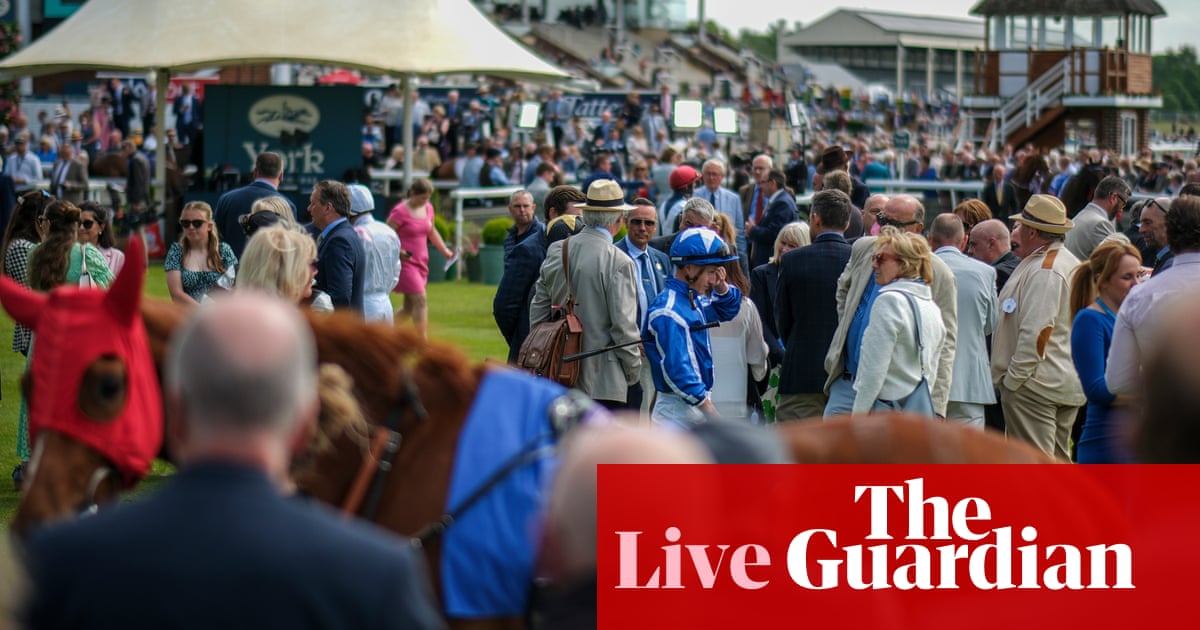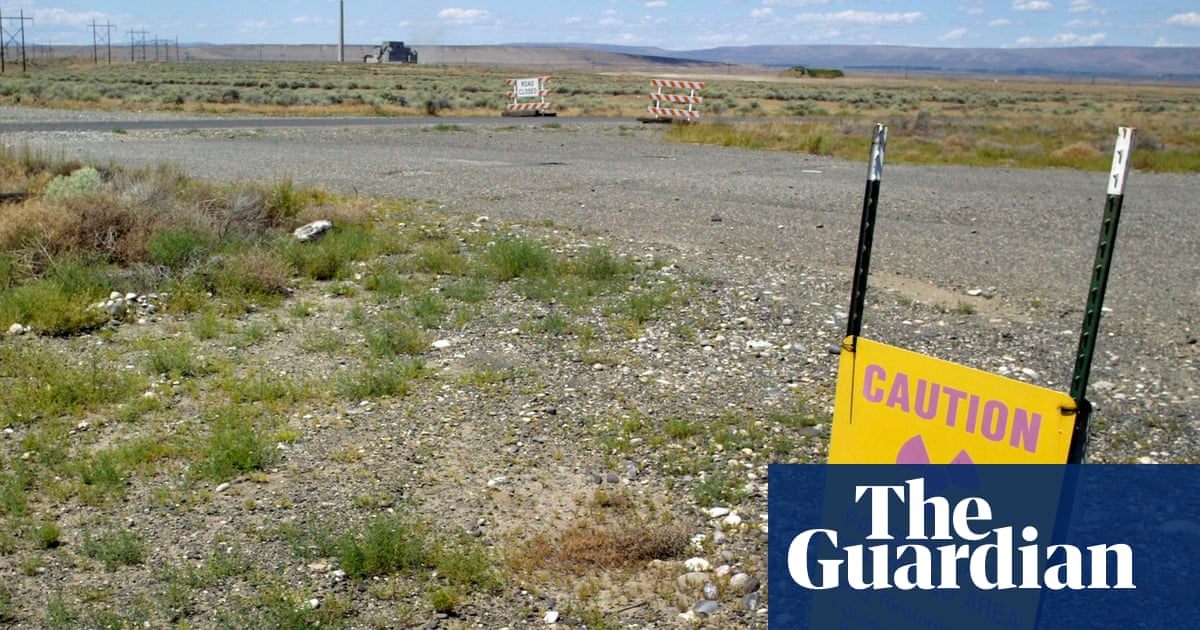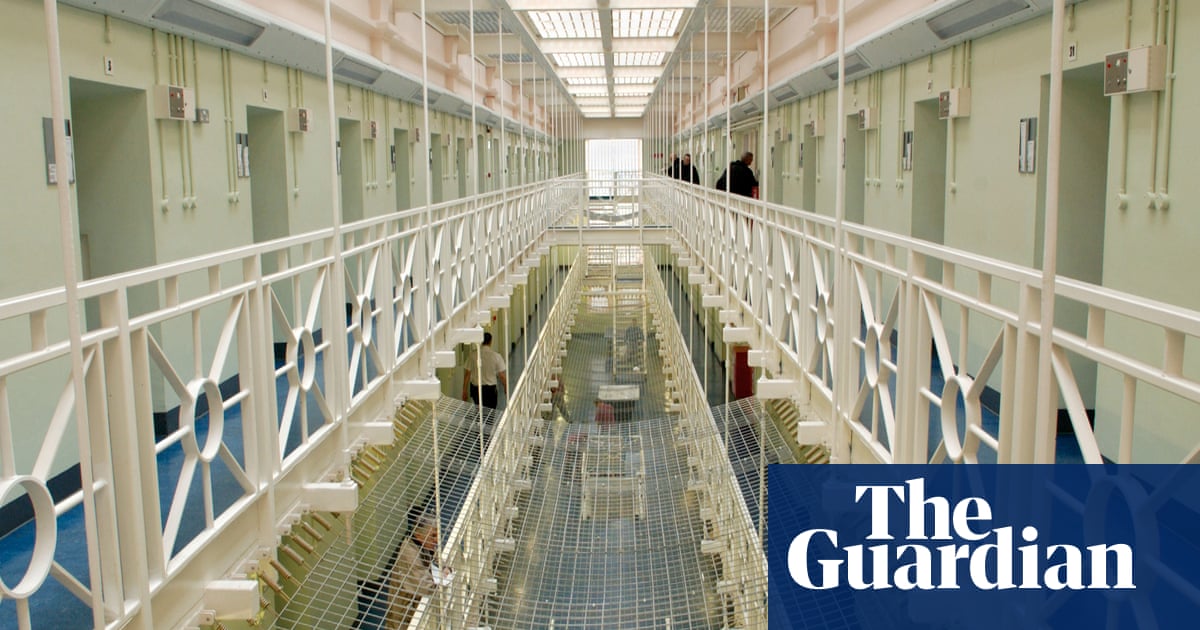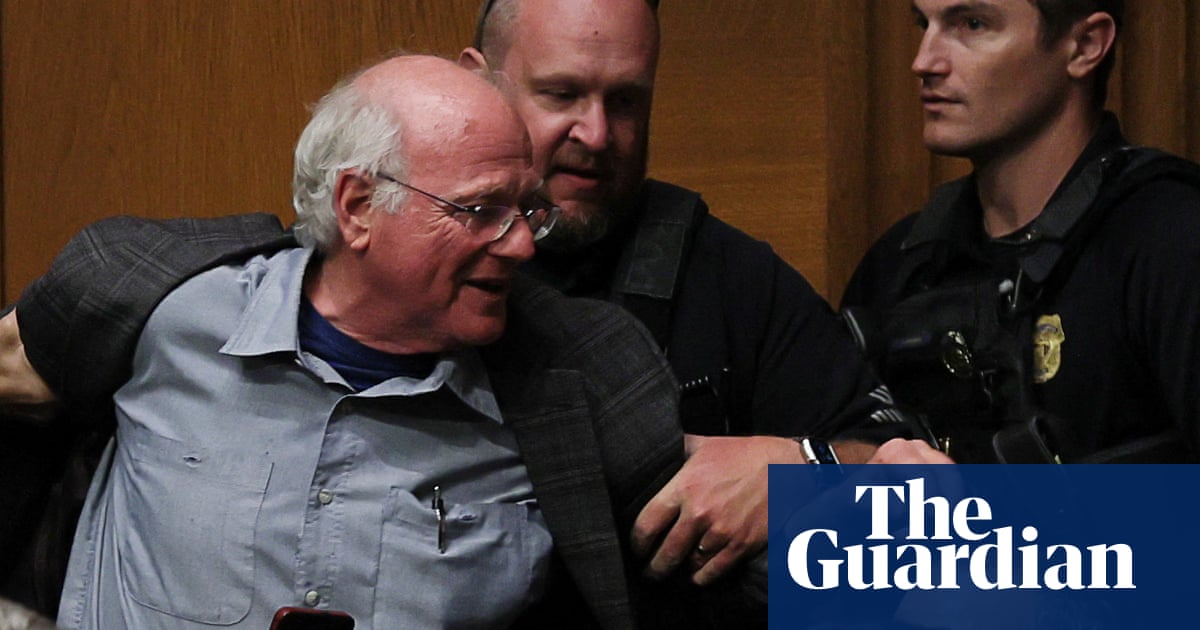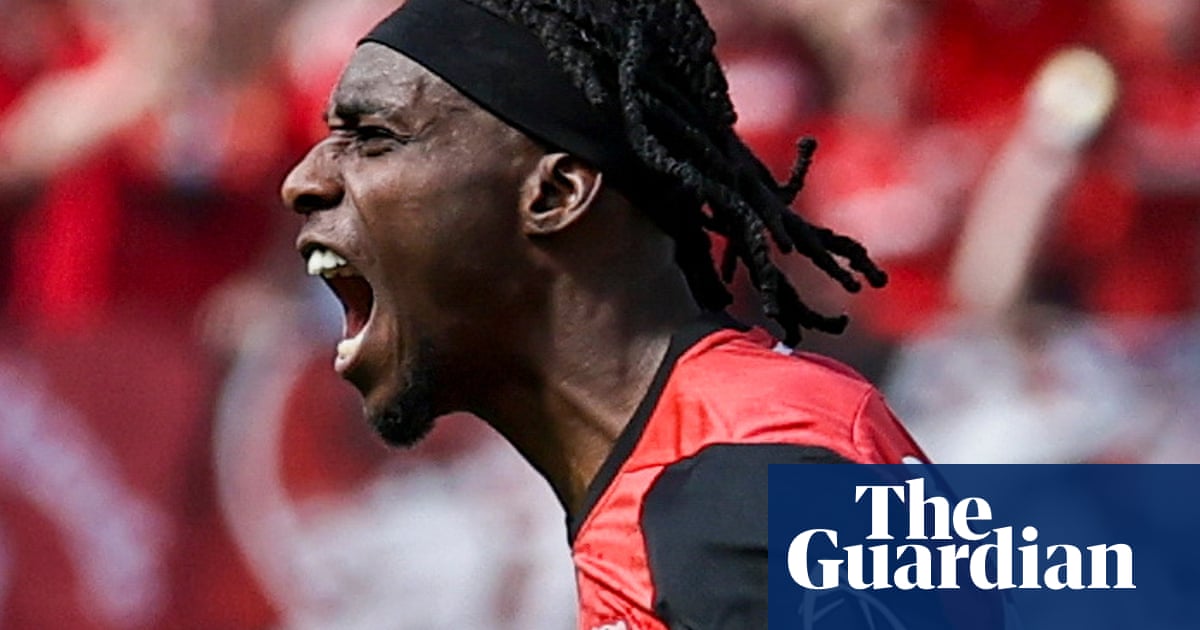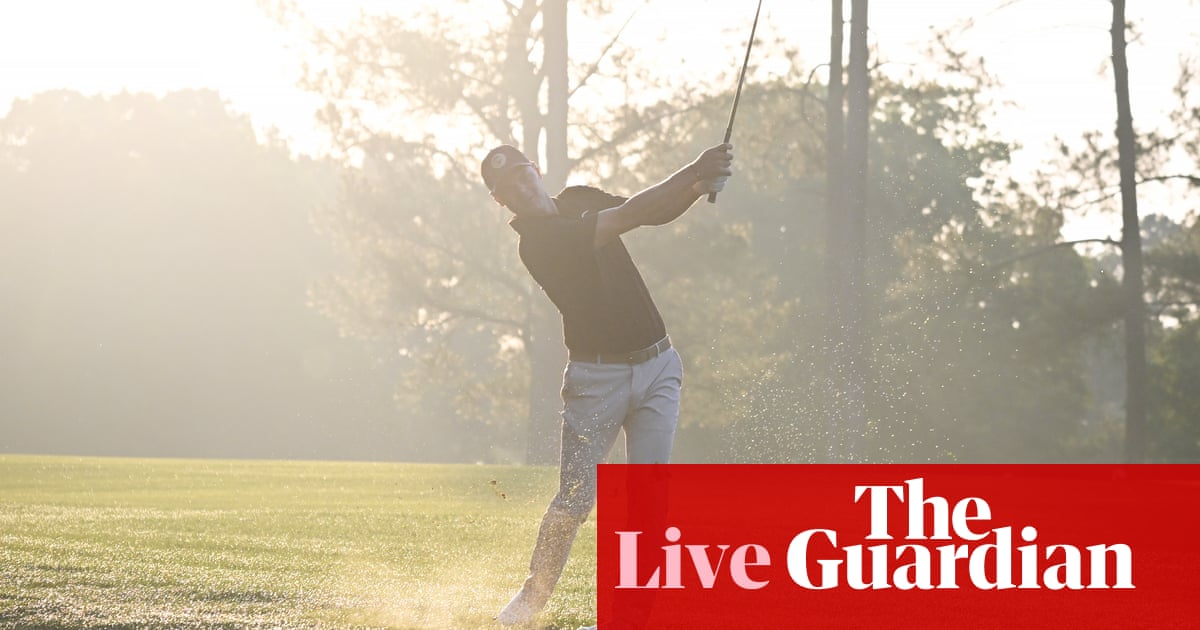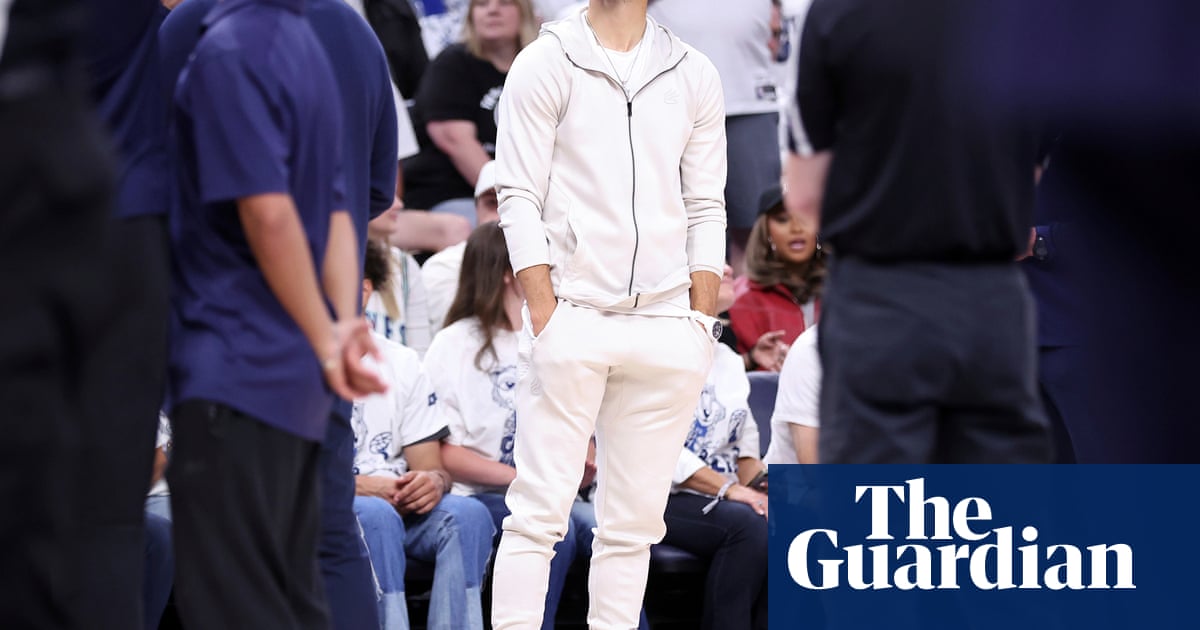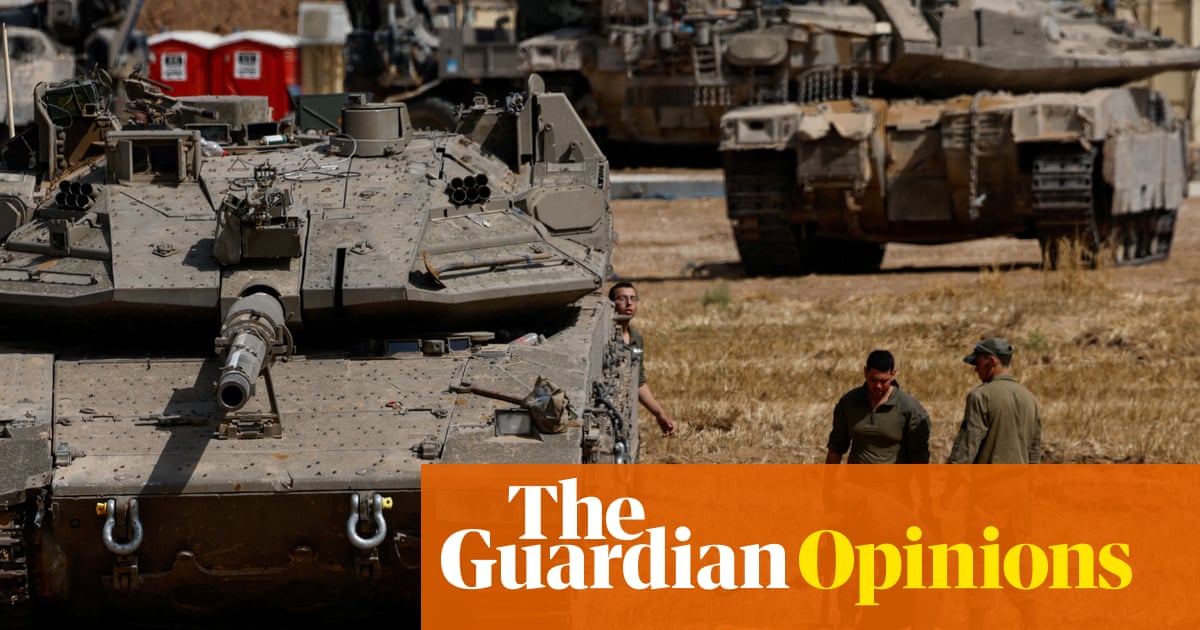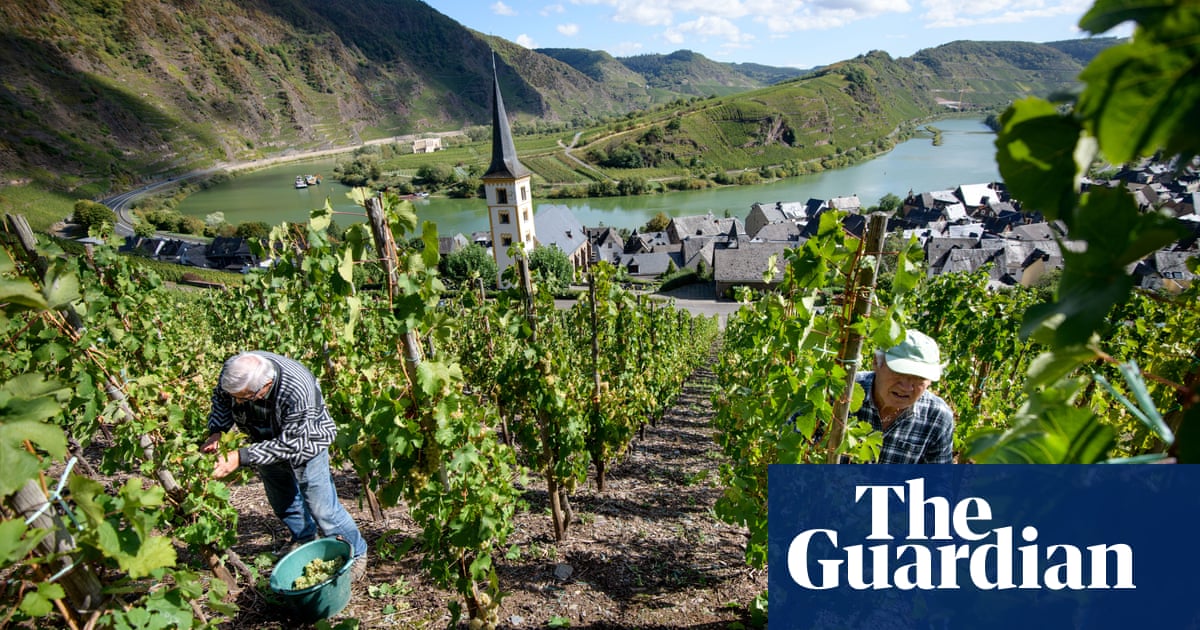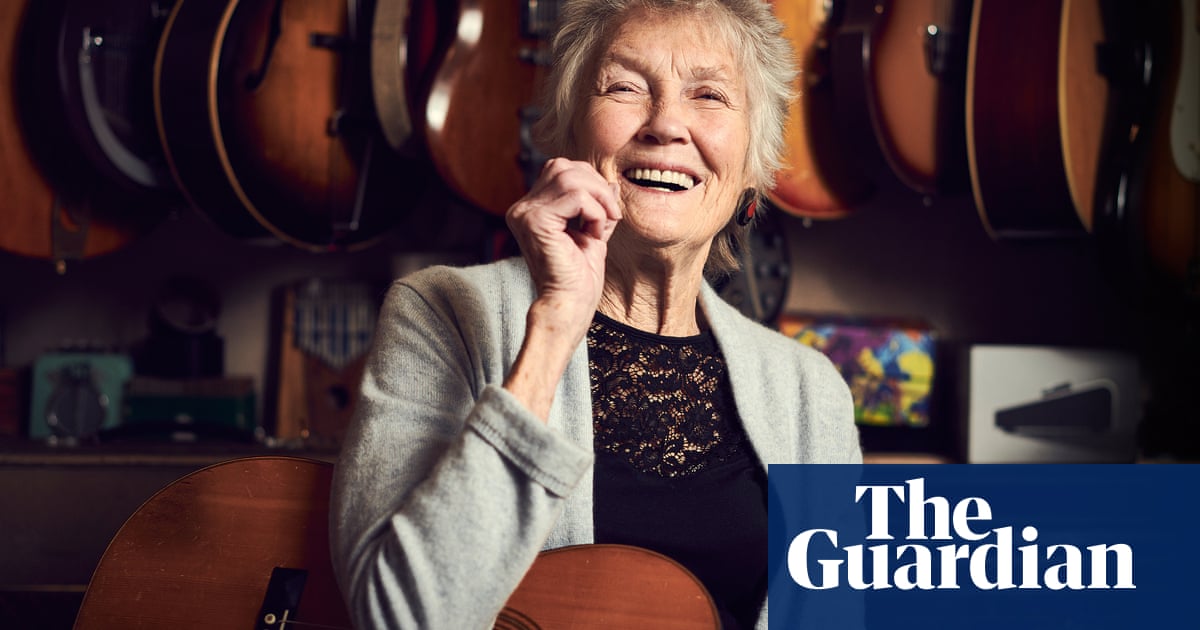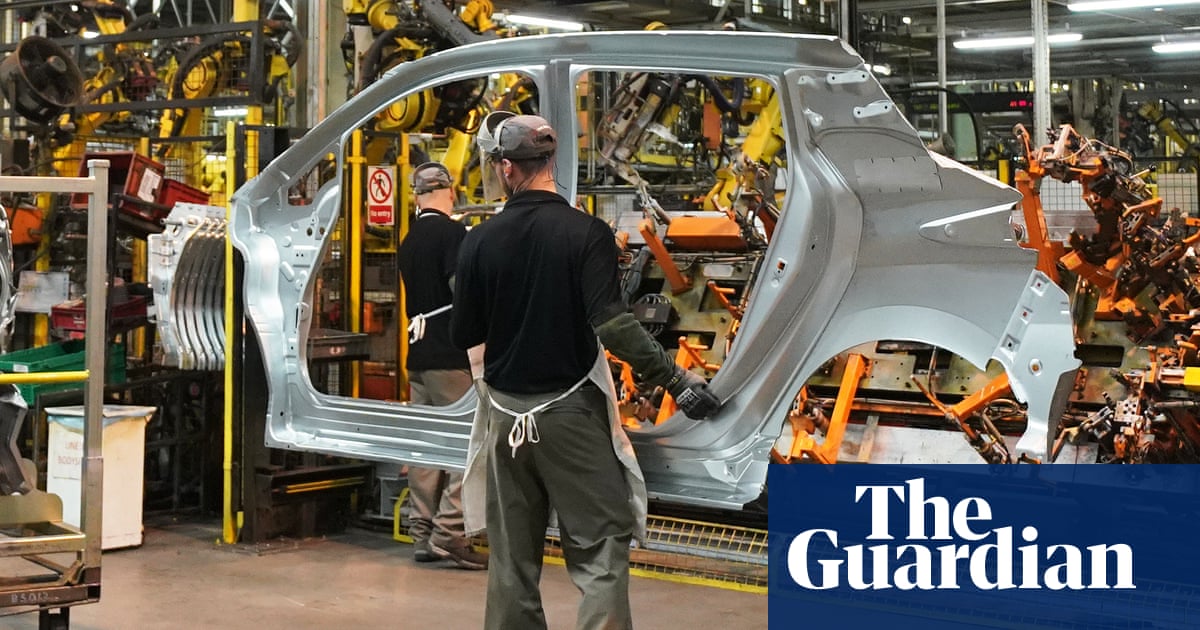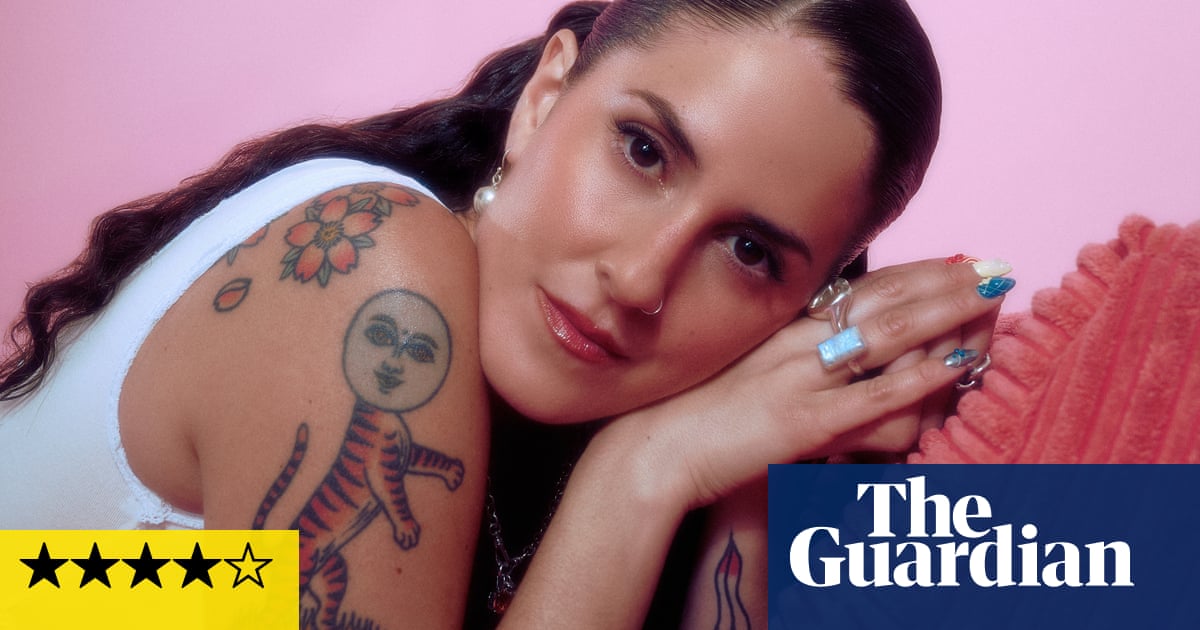What does a boat seized from the Italian island of Lampedusa, a piece of the Berlin Wall, two giant bright blue slippers and a New York City bus made of fabric have in common with paintings by Hans Holbein the Younger and Willem de Kooning? They all vie for space in a new museum, opening this week in Rotterdam, which focuses entirely on migration, the movement of peoples that defines each century of humanity and which in recent years has acquired a new political toxicity.
Situated over two floors in what was one of the largest warehouses in the world, it is the centrepiece of a regeneration project in Katendrecht, the city’s southern docks and former red-light district that is redolent with history. Across the water, now a hotel, stood the headquarters of the Holland America Line, which transported thousands of Dutchmen and women to America and Canada to start afresh in the New World. In recent decades, most of the traffic to Europe’s largest port has been in the opposite direction. Rotterdam is now home to 170 nationalities.
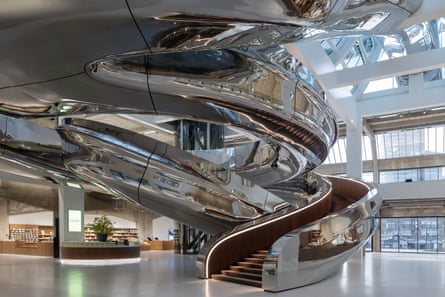
“Migration is timeless and universal,” says Anne Kremers, the director. “As long as we exist, as human beings we are on the move. It is part of who we are.” As we chat in her office, behind her shoulder a giant goods barge wends its way towards the sea, while a bright yellow water taxi speeds towards the city centre.
Appointed in 2020, she has been travelling the world acquiring works, commissioning artists and discussing with experts how best to convey this most contentious of issues in deeply troubled times in the Netherlands and across the globe. The general election of 2023 saw the far-right Party for Freedom (PVV) of Geert Wilders emerge on top; it is now a prominent force in a coalition government that is clamping down hard on refugees and asylum seekers.
Kremers has developed a diplomatic response. The museum, she says, is “not political but it is urgent”. She points out that Máxima, the Queen of the Netherlands, the guest of honour at the inauguration, is also a migrant, coming from Argentina. “Migration is not always a story of suffering,” she says, as we embark on a tour. “People also uproot themselves for love, for work, for adventure.”
We start our tour by climbing the Tornado. Made of 300 bright stainless steel panels, it cuts through the ceiling in the middle of the building to afford a 360-degree view of the city and its many waterways. Part viewing platform, part rollercoaster, it consists of different meandering routes resembling the many journeys to a new destination. The architect, Ma Yansong, of the Beijing-based practice MAD, is himself the son of a migrant.
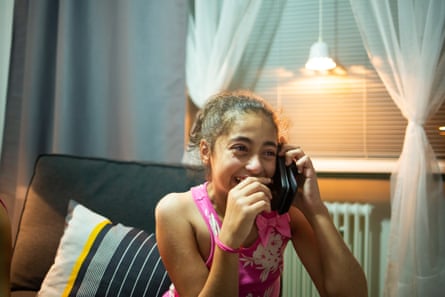
Back on the first floor, we walk past a model astronaut, a mannequin dressed in pink and green wearing a thick black helmet and carrying on his back a net bulging with belongings – a teapot, a wicker basket, a lamp. This nomad is in search of a safe planet, a sanctuary from Earth which has been destroyed by climate change. Refugee Astronaut IX is the contribution to the museum of British artist Yinka Shonibare. I pose to him the same question about the role of art in navigating the fraught politics of migration. Visitors, he suggests, should make up their own minds. “Art is not propaganda and shouldn’t be used as such,” he tells me. “Artists should present a set of propositions and invite the public to engage. The job of an artist is not to know. We do doubt, but we can create a platform for debate.”
The final work was installed only a week before the gallery’s opening. Man in Wainscott, a work by de Kooning from 1969, is a musing on the sea from his adopted studio at the far end of Long Island. On a July morning in 1926, at the age of 22, he hastily left Rotterdam for New York without saying goodbye, dreaming of a new life. Another major work is a portrait of Erasmus – theologian, humanist, traveller – painted in Holbein’s workshop in the 1530s.

Perhaps the biggest crowd pleaser will be The Bus, by Nashville-born artist Red Grooms. Visitors can clamber on board the lifesize New York City bus and marvel at (but not touch) the colourful characters made of fabric. This motley crowd all seem to have come from somewhere, but in doing so have taken on the persona of their adoptive city.
There is no shortage of museums around Europe dedicated to migration – two in Berlin alone, one in Cologne, others in Sweden and Greece, a small one in London. What makes this one distinctive – and destined to make it a major feature on the cultural and historical landscape – is its ability to mix light-heartedness with complexity. One of the specially commissioned works is Luz Brilhante e Cintilante by Raquel van Haver, a Colombian artist, now based in Amsterdam. This large double-sized canvas portrays the experiences of a variety of people from Cape Verde, those hoping to leave for somewhere else and those in the Netherlands thinking about home.
The island off west Africa was for centuries a staging post for the slave trade and for adventurers of all types. Van Haver’s uplifting depiction is accompanied by a sound loop of singing and drums coming from two loudspeakers, denoting the importance of music to the community. “For me, experiences such as this help me trace similarities back to my own personal history,” van Haver says.
One of the most curious works in the exhibition comes from the South Korean artist Chae Eun Rhee. We, In the Eye of the Wind is a similarly large work, a double triptych divided into three sections on each side, with characters bursting out from all directions. At one moment she shows white-suited astronauts from Stanley Kubrick’s 2001: A Space Odyssey, on another she shows menacing beaked figures in the style of Hieronymus Bosch; scenes from the video game Minecraft are juxtaposed with medieval prayer books. It’s intended to suggest bewilderment. “I wanted to show migration more as an emotional state than physical movement,” Chae Eun says.
Only a few yards away, the sight of an unwrapped United Nations refugee tent and a real boat impounded by the Italian authorities that had taken migrants from Tunisia brings me down to earth. It makes me wonder how art, some of it esoteric, fits in a museum dedicated to the often-harsh realities of the refugee experience? That, Kremers insists, is just the point; her vision is to weave hyper-reality with art.
The museum was conceived and funded by Droom en Daad (Dream and Do), a family foundation created in 2016 and led by Wim Pijbes, a former director of the Rijksmuseum. Its stated aim is to put Rotterdam into a major European cultural destination. Perhaps because it is not at the mercy of state funding decisions, it can afford to experiment.
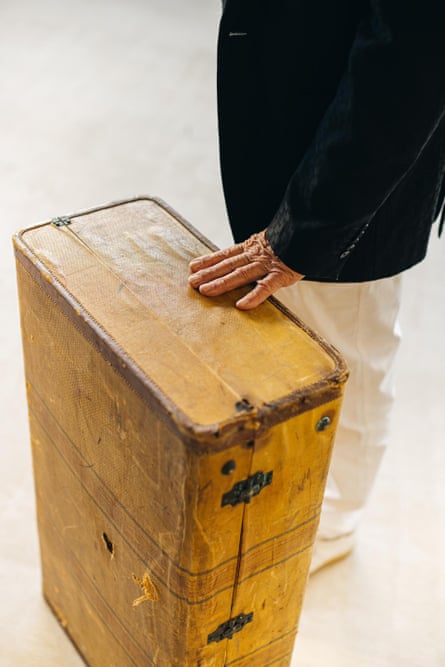
The main exhibition on the ground floor helps explain Kremers’ thinking. The Suitcase Labyrinth is a collection of 2,000 cases of all shapes and sizes, hatboxes and violin cases, that have been collected by the curatorial team in the last few years. They did so by inviting people to offer up their stories, and sometimes going to their homes in the Netherlands and farther afield to collect them.
Forty of the cases, piled on top of each other in what otherwise might resemble a left luggage room, have coloured tags with a QR code, which lets visitors listen to the stories on headphones. The most recent one is a Samsonite from a Ukrainian refugee in 2022. The oldest on display comes from 1898, when a Dutchwoman left to live with a husband she barely knew, a tradesman who had settled in the Chinese port of Tianjin.
Ernst Feekes has come to the museum to tell this story of his grandmother, Willemine. In China she becomes the dutiful wife, and turns a blind eye to her husband’s infidelities but finally has enough when he gets one of the servants pregnant. In 1911 she takes their four children and travels first to Vladivostok in the Russian Far East and then all the way on the Trans-Siberian Express to Moscow and then back home, where she became a leading light in the Suffragette movement. She packed it all in a large brown suitcase.

 5 hours ago
7
5 hours ago
7
